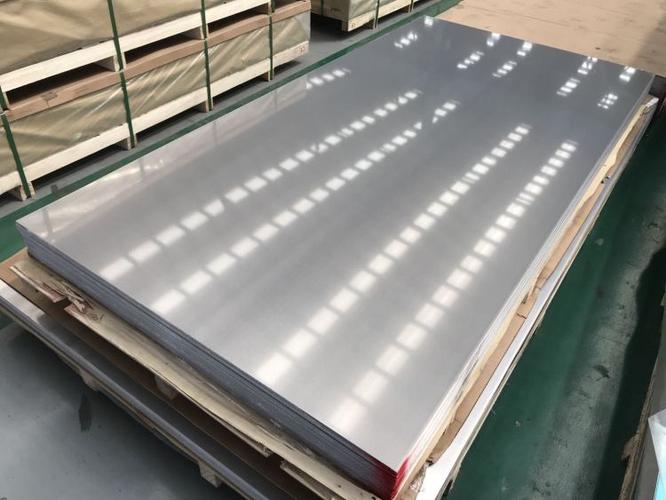6000 series aluminum alloys, primarily consisting of the well-known 6061 and 6063 grades, are highly regarded for their excellent performance and wide range of applications. However, they are often more expensive compared to other aluminum series. This article will explore several factors that contribute to the higher costs associated with 6000 series aluminum alloys.
Alloy Composition
6000 series alloys have a high aluminum content and include significant amounts of magnesium and silicon as alloying elements. The addition of magnesium not only enhances the strength and corrosion resistance of the alloy but also improves its weldability, making these alloys suitable for critical applications. Silicon improves casting performance and fluidity. The higher material costs of these fundamental alloying elements naturally lead to increased prices for 6000 series aluminum. As a result, manufacturers often incorporate these costs into the final product pricing.

Performance Advantages
One of the standout features of 6000 series aluminum alloys is their excellent performance, which includes high strength, good corrosion resistance, and superb weldability. These advantages make them extensively used across various industries, including aerospace, automotive, construction, and electronics, where they serve as important structural materials. In these sectors, there is a strong demand for high-performance, durable materials, prompting consumers to pay a premium for quality. Consequently, the growing market demand contributes to higher prices for 6000 series alloys.
Production Processes of 6000 Series Aluminum Alloys
The production of 6000 series aluminum alloys typically involves more complex processes compared to other aluminum series, requiring advanced technology and precision equipment. First, the composition of the alloy must be carefully calculated to ensure that the final product meets performance standards. Additionally, the heat treatment process is critical; appropriate solution treatment and aging can significantly enhance the alloy’s physical properties. These complexities increase the time and resources consumed during production, further driving up the costs of the final product.
Market Demand
In recent years, the demand for 6000 series aluminum alloys has surged, particularly in construction, vehicle manufacturing, and high-tech products. For example, in electric vehicle and aircraft manufacturing, the lightweight characteristics of 6000 series alloys greatly improve energy efficiency and performance. The increasing market demand means that producers are inclined to raise prices to reflect current market conditions and to achieve higher profit margins.

Competition and Brand Value
While the aluminum alloy market is competitive, companies that produce high-value products can stand out through technological expertise, brand recognition, and quality service. The importance of brand value is particularly significant for 6000 series aluminum alloys. Established brands usually have an edge in quality control and R&D, enabling them to deliver high-performance products. The R&D and quality testing investments made by these brands also contribute to higher product pricing. Moreover, customers tend to prefer trusted brands, willing to pay more for the assurance of quality, which further drives up the market price for 6000 series alloys.
Conclusion
In summary, the higher costs of 6000 series aluminum alloys result from a combination of multiple factors. The costs of alloy composition, superior performance, complex production processes, rising market demand, and brand value all play significant roles in determining the price. Although they are more expensive, the exceptional performance and broad applicability of 6000 series alloys make them a worthwhile choice in many high-end applications. When selecting materials, consumers should consider not only the price but also the performance and long-term returns associated with their choices. As technology continues to advance, more efficient and cost-effective aluminum solutions may emerge, but for now, 6000 series alloys remain an excellent option for a wide range of high-performance applications.


